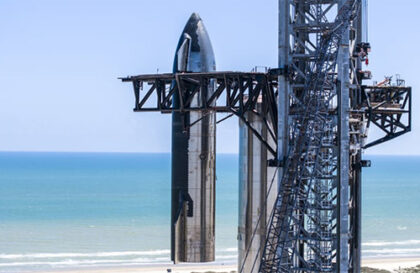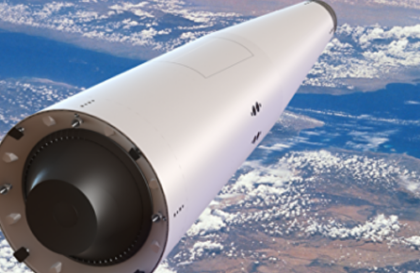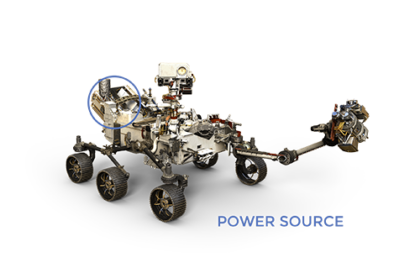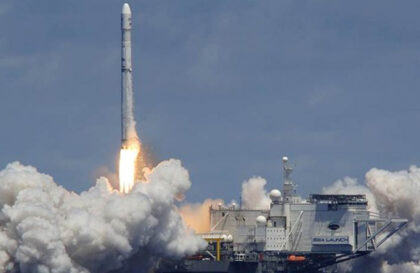InSight’s HP3 thermal probe, also known as the “mole,” could not provide the necessary friction to penetrate as deep into the surface of Mars as planned. In January 2021, mission engineers stopped trying to force the probe to bury itself deeper into the soil.
Mole is an instrument aboard NASA’s InSight probe, which landed on Mars in 2018. The instrument was designed to drill up to 16 feet (5 meters) into the Martian soil and measure the heat flow from the planet’s interior.
Measuring heat flow helps scientists understand how geologically active Mars is currently. The data could also provide information about how Mars formed and evolved and help in future studies of other planetary bodies in our solar system.
During the mission, Mole encountered several problems due to which its work on Mars did not go as smoothly as planned.
The mole needed soil friction to dig, but the Martian soil was clumpy, reducing friction. It penetrated a few centimeters and then popped out. The team tried helping the mole with a robotic bucket compacting the soil, but this did not give the desired result. By January 9, 2021, more than 500 such strikes had been carried out, but they were unsuccessful.
The NASA’s InSight lander’s heat probe – nicknamed “the mole” – on October 3, 2020, when the spike-like mole was still trying to burrow into the red Martian soil. Now, NASA engineers have stopped this part of the mission. Credit: NASA/ JPL-Caltech.
Other landers and rovers have used scoops to dig into the surface layers of the soil to obtain samples, but InSight’s mole had to burrow much deeper.
So what went wrong?
InSight has many different scientific instruments. The heat flow probe, shown on the right, was supposed to burrow about 16 feet (five meters) into the ground. Credit: NASA/ JPL-Caltech.
The soil clumping at InSight’s landing site on Elysium Planitia was unexpected, differing from previous missions. Trying to dig with such a small device as the Mole was unprecedented. Despite the difficulties, the team gained experience with the robotic arm and new data about the Martian soil.
In the near future, a robotic arm will route a tether between the SEIS seismometer and the lander to reduce interference due to temperature fluctuations. SEIS, tracking seismic activity on Mars, has recorded more than 480 marsquakes, indicating underground activity. Some evidence suggests possible volcanic activity on Mars beneath the surface.
The lander was in excellent condition then, and the mission was extended for another two years until December 2022.
The InSight mission’s overall goal is to study Mars’s interior to determine how geologically active the planet is and how it formed and changed over the past few billion years. An onboard radio experiment called the Rotation and Internal Structure Experiment (RISE) aims to determine whether Mars’ core is liquid or solid and its general composition, including iron.
The InSight lander lost contact with Earth on December 15, 2022, and the end of the mission was announced on December 21, 2022.
Banner image: NASA’s Jet Propulsion Laboratory for NASA’s Science Mission Directorate
Image credit:
https://mars.nasa.gov
https://earthsky.org
https://mars.nasa.gov






